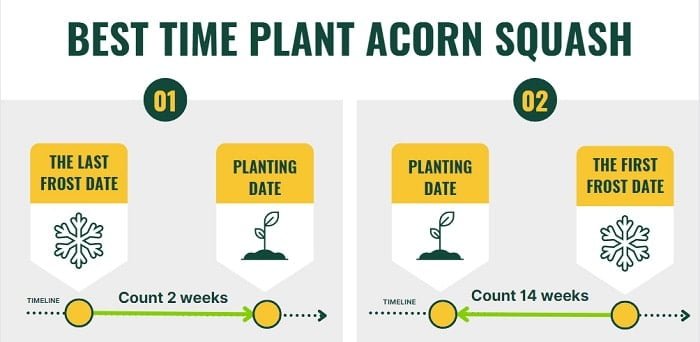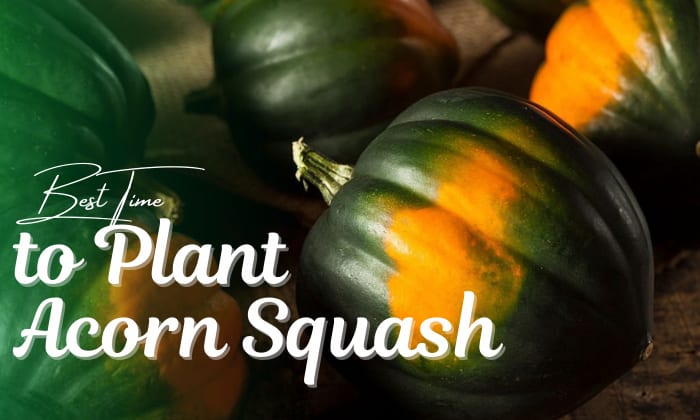Are you eager to grow your own delicious acorn squash at home, but unsure about the best time to plant? Look no further! In this article, you will discover the optimal timing for planting acorn squash, ensuring a bountiful harvest of these delectable and nutritious vegetables. Whether you are a seasoned gardener or just starting out, this valuable information will help you plan and prepare for a successful acorn squash growing season. So grab your gardening tools, get your hands dirty, and let’s dive right in!
Choosing the Right Time
Understanding Acorn Squash Growing Season
Before diving into the details of when to plant acorn squash, it’s essential to understand the growing season of this particular vegetable. Acorn squash is a warm-weather crop that thrives in a sunny and well-drained garden. It belongs to the Cucurbitaceae family, which also includes other popular vegetables like cucumbers and pumpkins.
Factors to Consider
When determining the optimal planting time for acorn squash, several factors come into play. The most crucial factor is your USDA planting zone, which will help you identify the appropriate timing. Additionally, you should consider your local climate, as it can influence seed germination, plant growth, and overall vegetable production.
Determining Your USDA Planting Zone
The USDA planting zone map is a helpful resource that classifies regions in the United States based on their average minimum winter temperatures. By determining your specific planting zone, you can gain valuable insights into the suitable planting dates for acorn squash and other crops. This information will guide you toward making informed decisions about the best time to start planting.
Local Climate Considerations
While USDA planting zones offer a general guideline, it’s equally important to consider your local climate when deciding on the perfect time to plant acorn squash. Factors such as average temperatures, frost dates, and weather patterns unique to your area play a vital role in the success of your vegetable garden. Understanding your local climate will help you anticipate potential challenges and take appropriate measures to ensure a bountiful harvest.
Early Spring Planting
Advantages of Early Spring Planting
Early spring planting offers several advantages for growing acorn squash. First, the soil is typically moist and fertile after the winter months, providing optimal conditions for seed germination and plant establishment. Additionally, starting early allows you to get a head start on the growing season, maximizing your chances of a successful harvest.
Preparation Steps
To prepare for early spring planting, begin by clearing any debris, weeds, or leftover plant material from the previous season. It’s essential to ensure that the soil is well-drained and rich in organic matter. Consider adding compost or well-rotted manure to improve soil fertility. Lastly, perform a soil test to assess nutrient levels and make any necessary amendments.
Sowing Acorn Squash Seeds
When sowing acorn squash seeds in early spring, it’s best to start them indoors about four to six weeks before the anticipated last frost date. Plant the seeds in individual pots or seed trays using a high-quality seed-starting mix. Keep the soil consistently moist and provide adequate sunlight or artificial light to promote healthy seedling growth.
Caring for Seedlings
Once the seedlings have developed their first true leaves, they can be transplanted into larger containers or directly into the garden. Harden off the seedlings by gradually exposing them to outdoor conditions, starting with a few hours a day and gradually increasing the duration. Proper watering, fertilizing, and protection from pests and diseases are crucial during this stage.
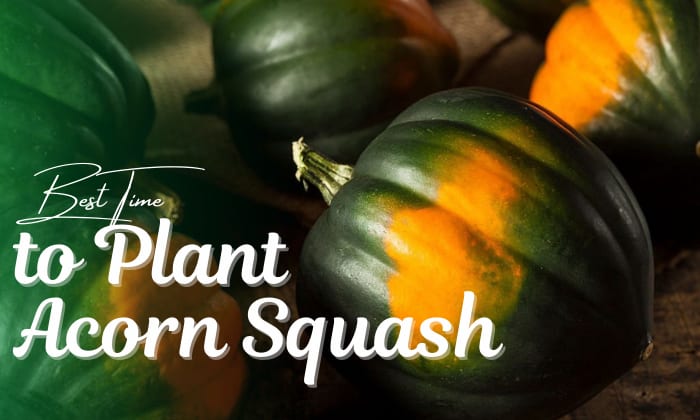
Late Spring Planting
Benefits of Late Spring Planting
Late spring planting offers its own set of benefits for acorn squash cultivation. By waiting until the risk of frost has passed and the soil has warmed up, you provide an ideal environment for faster seed germination and vigorous plant growth. Late spring planting also aligns with the arrival of warmer temperatures, which creates optimal conditions for the development of strong and healthy acorn squash plants.
Preparing the Garden
Before planting in late spring, thoroughly prepare the garden by removing any weeds, rocks, or debris. Loosen the soil using a garden fork or tiller to improve drainage and create a loose and crumbly texture. Adding organic matter, such as compost or well-rotted manure, further enhances soil fertility and nutrient content.
Planting Acorn Squash Transplants
Late spring planting often involves using acorn squash transplants. These are young plants that have been started indoors or purchased from a nursery. When transplanting, dig a hole deep and wide enough to accommodate the root ball of the seedling. Place the transplant in the hole, ensuring the top of the root ball is level with the surrounding soil. Gently firm the soil around the base of the plant, and water thoroughly to settle the roots.
Nurturing the Transplants
After transplanting, it’s crucial to provide proper care to ensure the success of your acorn squash transplants. Water the plants regularly, ensuring the soil remains consistently moist but not waterlogged. Applying a layer of organic mulch around the base of the plants can help conserve moisture, suppress weed growth, and regulate soil temperature. Monitor the plants for any signs of pests or diseases, and take appropriate measures for control if necessary.
Early Summer Planting
Advantages of Early Summer Planting
If you missed the window for spring planting, don’t worry! Early summer planting can still yield excellent results with acorn squash. By this time, the soil has warmed up significantly, ensuring faster seed germination and promoting vigorous plant growth. Early summer planting also reduces the risk of late frosts, which can be detrimental to young squash plants.
Preparing the Soil
To prepare the soil for early summer planting, follow the same steps as for late spring preparation. Clear the area of any debris, weeds, or rocks, and ensure proper soil drainage. Amending the soil with organic matter is still recommended, as it enhances fertility and improves the soil’s ability to retain moisture.
Direct Sowing Acorn Squash Seeds
For early summer planting, direct sowing acorn squash seeds is a common method. Prepare the garden bed by creating shallow trenches or mounds, spaced according to the plant’s requirements (usually 4 to 6 feet apart). Plant two to three seeds per planting hole, about 1 inch deep, and cover them with soil. Water the seeds immediately after planting and maintain consistent moisture throughout the germination period.
Providing Adequate Water
During the early stages of growth, acorn squash plants have high water requirements. Ensure that the soil remains consistently moist but not overly saturated. Water deeply and infrequently, allowing the moisture to reach the plant’s root zone. Consider using drip irrigation or soaker hoses to provide a steady and efficient water supply to the plants.
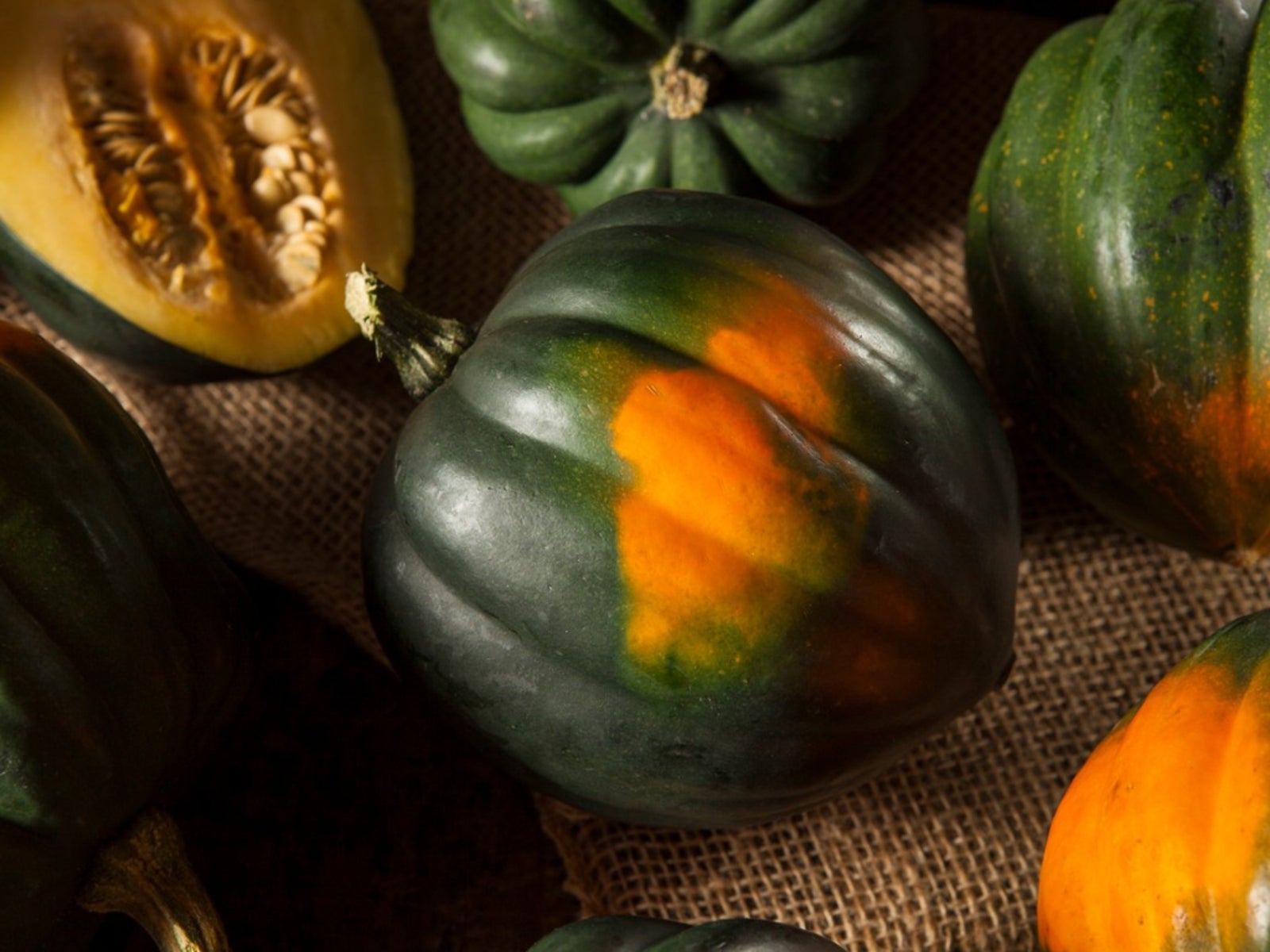
Late Summer Planting
Benefits of Late Summer Planting
Late summer planting presents its own advantages for growing acorn squash. By this time, the soil has reached its warmest temperatures, providing optimal conditions for rapid seed germination and vigorous plant growth. Late summer planting also allows you to take advantage of end-of-season sales and discounts on nursery-grown plants or seed packets.
Soil Preparation Techniques
To prepare the soil for late summer planting, follow the same steps mentioned earlier. Remove any debris or weeds from the garden bed and ensure proper soil drainage. Incorporate organic matter into the soil to improve its fertility and structure. However, as the seasons progress, be mindful of water availability since late summer can often bring drier conditions.
Transplanting or Direct Sowing
Late summer planting allows for flexibility in terms of planting methods. You can either transplant acorn squash seedlings into the garden or directly sow seeds, depending on the availability of nursery-grown plants or your preference. If transplanting, follow the same guidelines as mentioned for late spring planting. If direct sowing, ensure the soil is adequately prepared and plant the seeds following the same techniques mentioned for early summer planting.
Protecting from Extreme Heat
Late summer planting exposes the acorn squash plants to potential extreme heat and drought conditions. To counteract these challenges, provide adequate shade and avoid planting in areas that receive prolonged direct sunlight during the hottest parts of the day. Consider using shade cloth or strategically positioning taller plants to provide temporary shade. Mulching around the plants can also help conserve moisture and regulate soil temperature.
Fall Planting
Why Plant Acorn Squash in Fall?
Fall planting is an excellent option for growing acorn squash in regions with mild winters. Planting in the fall allows the plants to establish themselves before the first frost while benefiting from cooler temperatures and reduced pest pressure. Additionally, fall-harvested acorn squash tends to have a sweeter flavor and firmer texture, making it a desirable addition to your autumn meals.
Preparing the Garden
In preparation for fall planting, clear the garden bed of any plant debris, weeds, or rocks. Loosen the soil and incorporate organic matter to improve its fertility and structure. If necessary, conduct a soil test to assess nutrient levels and make any necessary amendments to ensure optimal growing conditions for your acorn squash plants.
Planting Acorn Squash Seeds
When planting acorn squash seeds in the fall, ensure that the soil is still warm enough to promote germination. Follow the same techniques mentioned earlier for direct sowing, spacing the seeds based on the plant’s requirements and covering them with sufficient soil. Adequate soil moisture is crucial during this time, as the days begin to shorten, and rainfall may decrease.
Managing Cooling Weather
As fall progresses, temperatures start to decline, and cooler weather sets in. Monitor the weather forecasts and anticipate the first frost date for your area. If frost is predicted, consider providing protection to your acorn squash plants. Techniques such as using row covers, cold frames, or even heavy blankets can shield the plants from freezing temperatures, prolonging their growth period.
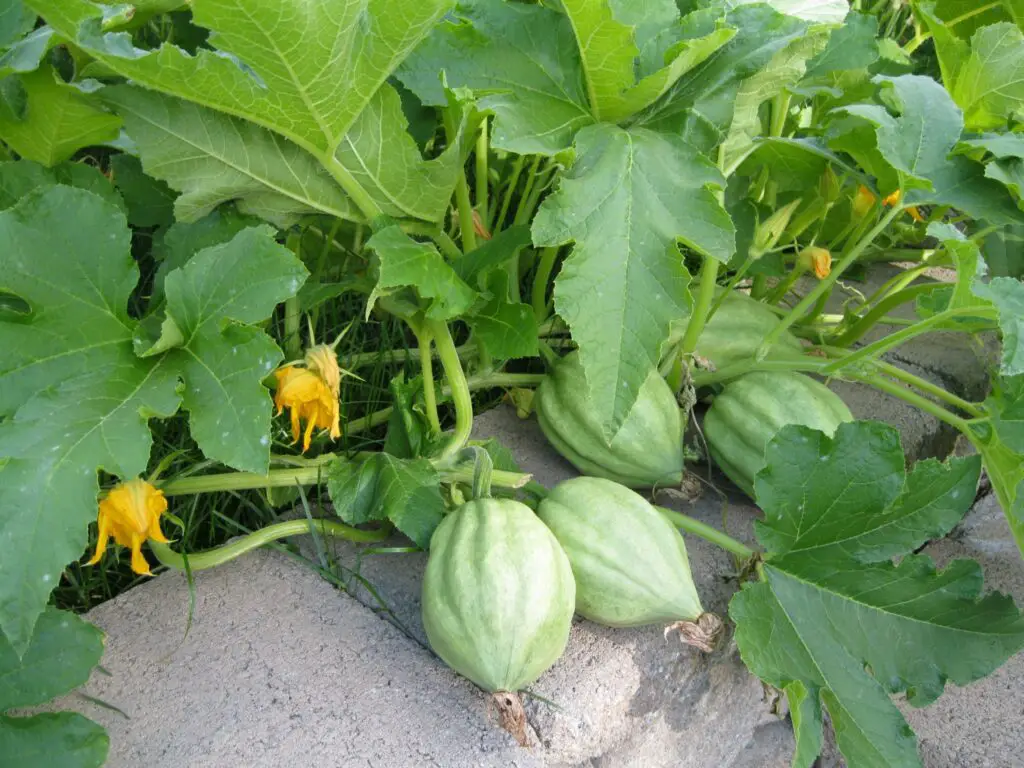
Winter Planting
Considerations for Winter Planting
Winter planting of acorn squash is particularly suitable for regions with mild climates or those that experience minimal frost or snow. It offers the opportunity to grow fresh produce during the colder months when other plants may not thrive. However, it’s essential to consider the specific requirements of acorn squash and take appropriate measures to protect the plants from potential cold damage.
Indoor Seed Starting
To kickstart your winter acorn squash garden, begin by starting the seeds indoors. Sow the seeds in seed trays or individual pots, using a high-quality seed-starting mix. Ensure adequate warmth and moisture for successful germination. Providing grow lights or placing the trays near a south-facing window can help the seedlings receive sufficient light as they grow.
Transplanting Seedlings Outdoors
Once the seedlings have developed several sets of true leaves and the threat of frost has passed, it’s time to transplant them outdoors. Choose a sunny location in the garden with well-drained soil. Prepare the garden bed by removing any weeds or debris and enriching the soil with compost or organic matter. Dig a hole deep and wide enough to accommodate the root ball of the seedling, place it in the hole, and gently firm the soil around it.
Winter Care for Acorn Squash
During the winter months, acorn squash plants require extra care and attention to ensure their survival and productivity. Adding a layer of organic mulch around the plants can help insulate the soil, regulate temperatures, and conserve moisture. Monitor the plants for any signs of cold damage or disease, taking prompt action to protect them if necessary. Regularly water the plants, ensuring the soil remains moist but not waterlogged.
Determining Maturity and Harvest Time
Understanding Acorn Squash Maturity
Determining when acorn squash is ready for harvest involves assessing its maturity. Mature acorn squash will have a thick, firm skin and a vibrant color, typically dark green or orange, depending on the variety. Additionally, the fruit will have reached its full size and weight, signaling that the seeds have matured inside.
Checking for Ripeness
To check if the acorn squash is ripe, press your thumbnail against the skin. If the skin remains firm and unyielding, the squash is not yet ripe. However, if the skin dent leaves a mark that is unable to self-repair, it indicates ripeness. Another indicator is the drying of the stem, which shrinks and turns brown as the fruit matures.
Timing the Harvest
The precise timing of acorn squash harvest depends on various factors, including the specific variety, growing conditions, and personal preference. Generally, acorn squash is ready for harvest between 55 to 80 days after planting, but refer to the seed packet or variety-specific information for more accurate timing. Harvesting too early can result in underdeveloped flavor and texture, while waiting too long may lead to shriveled fruit or reduced quality.
Storing Acorn Squash
To store acorn squash for an extended period, it’s crucial to handle them carefully and provide adequate storage conditions. Store the squash in a cool, dry, and well-ventilated area, ideally with a temperature between 50 to 55°F (10 to 13°C). Choose squash with the thickest skin and free from any blemishes or soft spots. Properly stored acorn squash can last for several months, providing a delicious and nutritious addition to your meals throughout the winter.
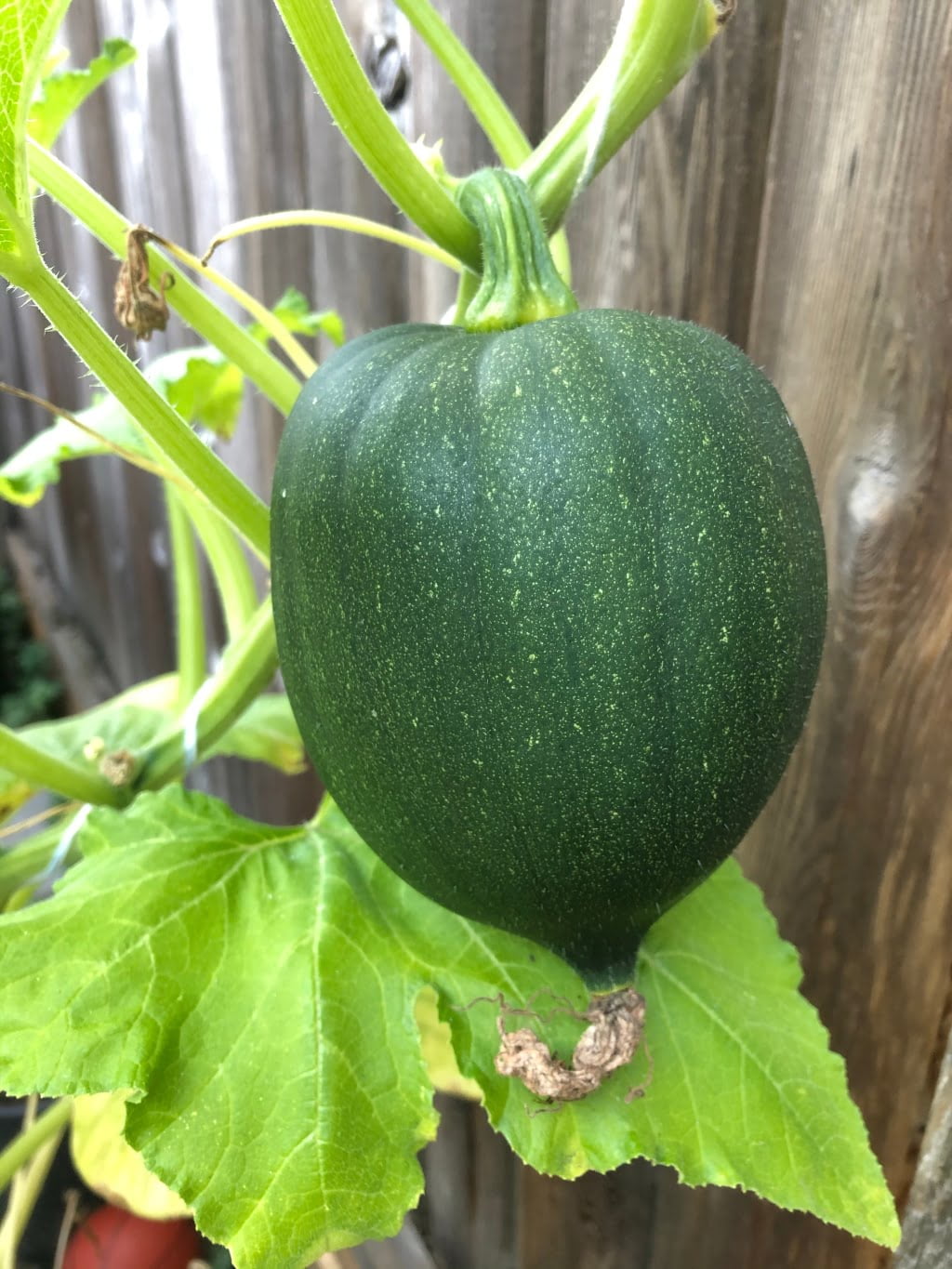
Special Considerations
Colder Climates and Protection Methods
In colder climates, acorn squash cultivation can be challenging due to shorter growing seasons and the risk of frost damage. To protect the plants from cold temperatures, consider using techniques like row covers, cloches, or cold frames to provide insulation. Additionally, selecting cold-tolerant or early-maturing varieties can help extend the growing season and enhance the chances of a successful harvest.
Warmer Climates and Heat Avoidance
For gardeners in warmer climates, excessive heat can pose a challenge for acorn squash cultivation. To mitigate the effects of heat stress, avoid planting during the hottest months and consider early morning or late afternoon watering to minimize water loss through evaporation. Providing shade, using mulch, and incorporating heat-tolerant varieties can also help acorn squash plants thrive in hotter climates.
Short Growing Season Strategies
If you have a short growing season, it’s crucial to take advantage of early planting dates and select faster-maturing acorn squash varieties. Consider starting seeds indoors and use season-extending methods like row covers or cloches to protect young plants from cold temperatures. Providing optimal growing conditions, such as proper soil preparation and sufficient sunlight, can help maximize growth and yield even with a limited time frame.
Container Gardening Tips
Acorn squash can be grown successfully in containers, making it an excellent option for those with limited garden space or living in apartments. Choose large containers with drainage holes and fill them with a well-draining soil mix. Place the containers in a sunny location, ideally receiving at least six hours of direct sunlight per day. Ensure consistent watering and fertilize regularly to support healthy plant growth. Trellising or using supports may also be necessary to accommodate the vines as they grow.
Conclusion
Final Thoughts
Growing acorn squash can be a rewarding experience, providing you with fresh and nutritious produce straight from your own garden. By understanding the factors that influence planting times, preparing the soil adequately, and providing proper care throughout the growing season, you can set yourself up for success and enjoy a bountiful harvest of delicious acorn squash.
Summary of Planting Times
The best time to plant acorn squash depends on your local climate and the specific planting zone. Early spring planting takes advantage of moist soil and provides a head start on the growing season. Late spring planting aligns with warmer temperatures, while early summer planting benefits from high soil temperatures. Late summer planting offers flexibility and takes advantage of end-of-season sales. Fall planting is ideal for regions with mild winters, and winter planting allows for fresh produce during colder months.
Tailoring the Schedule to Your Region
Ultimately, the optimal planting time for acorn squash in your area will depend on various factors specific to your region. Consider your USDA planting zone, average temperatures, frost dates, and local weather patterns when making decisions about planting times. Consult with local gardening resources, such as extension offices or experienced gardeners in your area, to gain further insights and tailor the planting schedule to your region’s unique conditions. With careful planning and proper care, you can enjoy a successful acorn squash harvest, regardless of your location.
